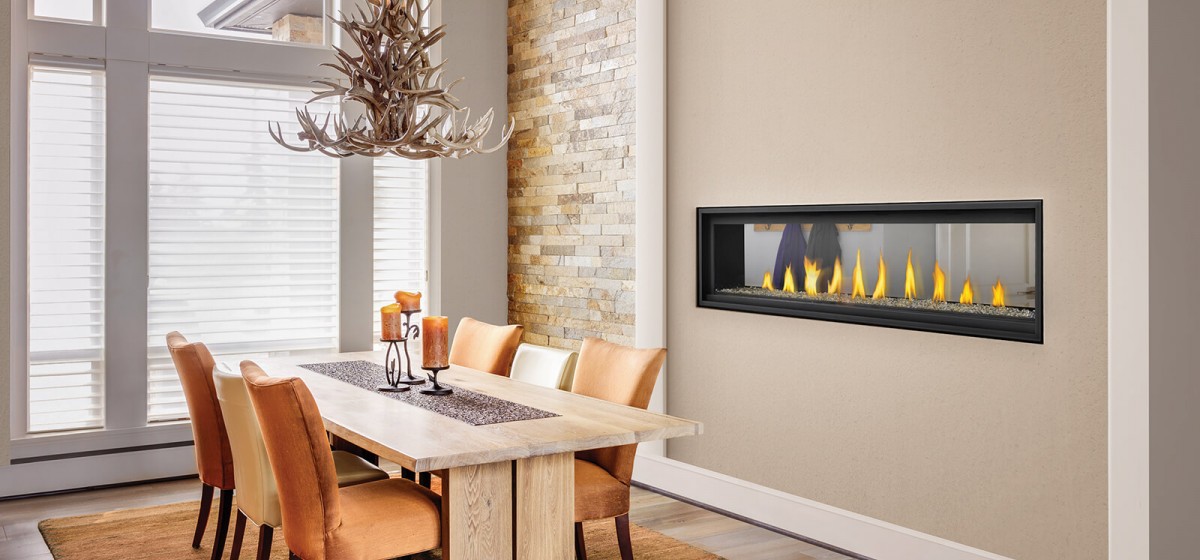

Articles
How To Light Napoleon Gas Fireplace
Modified: January 8, 2024
Learn how to properly light your Napoleon gas fireplace with our informative articles. Discover tips and techniques for a cozy and efficient fire.
(Many of the links in this article redirect to a specific reviewed product. Your purchase of these products through affiliate links helps to generate commission for Storables.com, at no extra cost. Learn more)
Overview of Napoleon Gas Fireplaces
Napoleon Gas Fireplaces are a popular choice for homeowners looking to add warmth and ambiance to their living spaces. These fireplaces are known for their high-quality craftsmanship, innovative designs, and efficient heating capabilities. Whether you’re renovating your home, building a new one, or simply want to upgrade your existing fireplace, a Napoleon Gas Fireplace is a great option to consider.
One of the key advantages of Napoleon Gas Fireplaces is their ease of use. With just the push of a button or the flip of a switch, you can instantly enjoy the comforting flames and gentle heat emitted by the fireplace. This convenience makes them a popular choice for busy homeowners who want to create a cozy atmosphere without the hassle of gathering and maintaining firewood.
Another reason why Napoleon Gas Fireplaces are widely favored is their versatility. They come in a variety of styles, from traditional to modern, allowing you to choose a design that complements your home’s aesthetic. Additionally, these fireplaces offer different fuel options, including natural gas and propane, giving you the flexibility to select the fuel source that works best for your needs and preferences.
In terms of safety, Napoleon Gas Fireplaces are equipped with advanced features to ensure worry-free operation. They are designed with a sealed combustion system, which means that the fireplace draws air from outside the home and expels all combustion byproducts outdoors. This helps maintain indoor air quality and minimizes the risk of carbon monoxide poisoning.
Furthermore, Napoleon Gas Fireplaces are equipped with safety sensors that automatically shut off the gas supply in the event of a malfunction or overheating. This provides an added layer of protection and peace of mind for homeowners.
Aside from their aesthetic appeal and safety features, Napoleon Gas Fireplaces are renowned for their energy efficiency. These fireplaces are designed to generate and distribute heat effectively, helping to reduce energy consumption and lower heating costs. Additionally, many models offer thermostatic controls, allowing you to adjust the heat output to maintain a comfortable temperature in your living space.
Overall, Napoleon Gas Fireplaces are an excellent choice for homeowners who want the convenience, versatility, safety, and energy efficiency of a gas fireplace. With their sleek designs and advanced features, these fireplaces can enhance the ambiance and comfort of any home while providing a reliable heating source.
Key Takeaways:
- Napoleon Gas Fireplaces offer convenience, safety, and energy efficiency, making them a popular choice for homeowners. With versatile designs and easy-to-use controls, they provide instant ambiance and reliable heating.
- Prioritize safety by following maintenance guidelines, understanding controls, and preparing the fireplace for lighting. Professional servicing and regular cleaning ensure optimal performance and longevity.
Read more: How To Light An Outdoor Gas Fireplace
Safety Precautions
While Napoleon Gas Fireplaces offer convenience and comfort, it is important to prioritize safety when using these appliances. Here are some essential safety precautions to keep in mind:
- Read the Manual: Before operating your Napoleon Gas Fireplace, carefully read the instruction manual provided by the manufacturer. Familiarize yourself with the fireplace’s features, controls, and safety guidelines.
- Proper Ventilation: Ensure that your fireplace is properly installed and vented according to local building codes. A well-ventilated fireplace helps prevent the build-up of carbon monoxide and other harmful gases in your home.
- Keep Flammable Items Away: Keep flammable objects such as furniture, drapes, and rugs at a safe distance from the fireplace. Maintain a minimum clearance space as recommended by the manufacturer to reduce the risk of accidental fires.
- Childproofing: If you have young children or pets, consider installing barriers or safety gates around the fireplace to prevent accidental contact. Keep a close eye on children and educate them about the potential dangers of the fireplace.
- Regular Maintenance: Schedule regular inspections and maintenance for your Napoleon Gas Fireplace to ensure its optimal performance and safety. Contact a qualified technician or fireplace professional to conduct inspections and address any issues.
- Use Proper Fuel: Only use the recommended fuel type specified by the manufacturer. Natural gas or propane should be used according to the fireplace’s specifications. Avoid using any other fuel sources that can lead to malfunctions or safety hazards.
- Carbon Monoxide Detectors: Install carbon monoxide detectors near the fireplace and throughout your home to provide an early warning system in case of leaks or accumulation of this odorless, potentially lethal gas.
- Fire Extinguisher: Keep a fire extinguisher nearby and ensure that it is easily accessible in case of emergencies. Familiarize yourself with its proper use and maintenance.
- Supervise and Extinguish: Never leave your Napoleon Gas Fireplace unattended. Always supervise the fire and ensure it is completely extinguished before leaving the room or going to bed.
- Follow Local Regulations: Adhere to local regulations and guidelines regarding the installation, usage, and maintenance of gas fireplaces. Consult with a professional or local authorities if you have any specific concerns or questions.
By following these safety precautions, you can enjoy the warmth and beauty of your Napoleon Gas Fireplace while keeping your home and loved ones safe. Remember, safety should always be a top priority when operating any heating appliance.
Understanding the Controls and Features
To make the most out of your Napoleon Gas Fireplace, it is important to understand the various controls and features it offers. Familiarizing yourself with these components will allow you to operate the fireplace efficiently and customize your experience. Here are the main controls and features of a typical Napoleon Gas Fireplace:
- On/Off Switch: The on/off switch is used to turn the fireplace on and off. It is usually located on the control panel or a remote control, providing easy and convenient operation.
- Flame Adjustment: Most Napoleon Gas Fireplaces offer flame adjustment controls, allowing you to control the intensity and height of the flames. This feature enables you to create a desired ambiance while conserving energy.
- Thermostat Control: Some models include a built-in thermostat that enables you to regulate the temperature in the room. This feature ensures a consistent level of comfort by automatically adjusting the flame height and heat output based on the set temperature.
- Pilot Light: The pilot light is a small flame that remains lit at all times, ready to ignite the main burner when the fireplace is turned on. It is important to ensure that the pilot light is properly ignited and maintained for the fireplace to function correctly.
- Remote Control: Many Napoleon Gas Fireplaces come with a remote control, allowing you to operate the fireplace from a distance. The remote control typically includes buttons for power, flame adjustment, thermostat control, and other features.
- Fan Speed Control: Some models offer fan speed control to adjust the airflow and distribute heat more evenly throughout the room. This feature helps enhance the heating efficiency and comfort of the fireplace.
- Timer Function: Certain Napoleon Gas Fireplaces have a timer function that allows you to set a specific duration for the fireplace to operate. This feature can be helpful in conserving energy or when you want the fireplace to automatically turn off after a certain period of time.
- Ember Bed Enhancement: Several models are equipped with ember bed enhancement features, such as glowing embers or decorative logs. These additions create a realistic and visually appealing effect, enhancing the overall appearance of the fireplace.
- Electronic Ignition: Some newer models feature an electronic ignition system that eliminates the need for a standing pilot light. This system uses an electronic spark to ignite the gas, increasing efficiency and reducing fuel consumption.
- Smart Home Integration: In the age of smart technology, some Napoleon Gas Fireplaces are compatible with smart home systems. This integration allows you to control and monitor the fireplace through your smartphone or other connected devices.
Understanding these controls and features will help you optimize your experience with your Napoleon Gas Fireplace. Refer to the fireplace’s manual for specific instructions on how to operate and adjust these components. Experimenting with different settings will allow you to find the perfect balance of warmth, ambiance, and energy efficiency tailored to your preferences.
Preparing the Fireplace for Lighting
Before you can enjoy the cozy warmth of your Napoleon Gas Fireplace, it is essential to properly prepare the fireplace for lighting. Follow these steps to ensure a safe and smooth lighting process:
- Clear the Area: Remove any objects or debris from around the fireplace to ensure a clear and safe working space. This includes furniture, decorations, and any flammable materials.
- Open the Damper: Check if your fireplace has a damper and make sure it is open before lighting the fireplace. The damper allows for proper ventilation and the release of gases produced during combustion.
- Inspect the Vents: Check the venting system of your fireplace to ensure there are no obstructions or blockages. This will help prevent the build-up of harmful gases and promote proper air circulation.
- Check the Gas Supply: Ensure that the gas supply to the fireplace is turned on. If you’re not sure about the gas supply, consult your manual or contact a professional technician to assist you.
- Inspect the Pilot Light: Take a look at the pilot light to ensure it is lit. If the pilot light is extinguished, refer to your manual for instructions on relighting it. If you’re unsure or uncomfortable doing it yourself, seek professional assistance.
- Check for Gas Odor: Before proceeding with lighting the fireplace, use your senses to check for any gas leaks. If you detect the smell of gas, immediately turn off the gas supply, ventilate the area, and contact your gas company or a professional technician for assistance.
- Ensure Proper Ventilation: Make sure that the room where the fireplace is located is well-ventilated. Open windows or doors to allow fresh air to circulate, especially if the fireplace is in a tightly sealed or small space.
- Gather Safety Materials: Have a fire extinguisher and a working carbon monoxide detector easily accessible near the fireplace. These safety tools will provide added protection in case of emergencies.
- Safety First: Dress appropriately when lighting the fireplace. Avoid loose clothing, and keep flammable materials away from the flames. It is also recommended to use fireplace gloves or a heat-resistant glove when handling the controls or accessories.
- Follow Manufacturer’s Instructions: Always refer to the manufacturer’s instructions for your specific Napoleon Gas Fireplace model. They will provide detailed, model-specific guidelines on preparing and lighting your fireplace.
Following these preparation steps will help ensure a safe and hassle-free experience when lighting your Napoleon Gas Fireplace. Remember, safety should always be a top priority when dealing with any heating appliance.
Lighting the Pilot Light
One of the important steps in lighting your Napoleon Gas Fireplace is lighting the pilot light. The pilot light is a small flame that serves as an ignition source for the main burner. Here’s a step-by-step guide to lighting the pilot light:
- Locate the Control Panel: Find the control panel of your fireplace. It is usually located behind a removable panel or on the bottom front of the fireplace.
- Switch to Pilot Mode: Look for the pilot/on/off switch or knob on the control panel. Switch it to the pilot mode or turn it counterclockwise to the pilot position.
- Purge Air from the Line: Press and hold the gas control knob or button while simultaneously pressing the igniter button or striking a match. This will purge the air from the gas line and allow gas to flow to the pilot light.
- Light the Pilot Light: Use a long-reach lighter or a fireplace match to light the pilot light. Insert the flame near the pilot assembly and aim it towards the pilot burner.
- Hold the Control Knob: Once the pilot light is lit, continue to hold the gas control knob or button for about 30 seconds. This is important to allow the pilot light to heat the thermocouple or thermopile, which is a safety device that keeps the gas flowing to the pilot light.
- Release the Control Knob: After holding the control knob for 30 seconds, release it. The pilot light should remain lit. If it goes out, repeat the process and hold the control knob for a longer period.
- Switch to On Mode: Once the pilot light is successfully lit and stays lit, switch the pilot/on/off switch or knob to the on mode or turn it clockwise to the on position.
- Verify the Main Burner: With the pilot light now ignited, check if the main burner lights up when you turn on the fireplace. If it does not, consult your manual or contact a professional technician for assistance.
- Close the Control Panel: Once the main burner lights up, close the control panel and ensure it is securely in place.
It’s important to note that the lighting process may vary slightly depending on the specific model of your Napoleon Gas Fireplace. Always refer to the manufacturer’s instructions for detailed and model-specific guidance.
Remember to exercise caution when dealing with open flames and gas appliances. If you encounter any issues during the lighting process or smell gas, immediately turn off the gas supply, ventilate the area, and contact a professional technician or your gas company for assistance.
Make sure the pilot light is lit before turning on the fireplace. Follow the manufacturer’s instructions for lighting and use a long lighter for safety.
Read more: How To Light Superior Gas Fireplace
Troubleshooting Common Issues
While Napoleon Gas Fireplaces are typically reliable and easy to use, occasional issues may arise. Here are some common troubleshooting tips to help you address common fireplace issues:
- No Ignition or Pilot Light Won’t Stay Lit: If your pilot light fails to ignite or won’t stay lit, ensure that the gas supply to the fireplace is turned on. Check for air in the gas line by purging the air and try relighting the pilot light. If the issue persists, there may be a problem with the thermocouple or gas valve. Contact a professional technician for further assistance.
- Weak Flame or Insufficient Heat: If the flame appears weak or does not provide sufficient heat, first check if the gas pressure is at the correct level. Low gas pressure can result in a weak flame. Additionally, clean any clogged burner ports and ensure the gas orifices are free from debris. If the issue persists, contact a professional technician.
- Unusual Odors or Gas Smell: If you detect unusual odors or a strong gas smell, immediately turn off the gas supply and ventilate the area. Contact your gas company or a professional technician to address potential gas leaks or other issues. Do not attempt to use the fireplace until the problem is resolved.
- Main Burner Fails to Light: If the pilot light is lit, but the main burner fails to ignite, ensure that the gas supply to the fireplace is turned on and that there are no blockages in the gas line. Check for any clogged burner ports and clean them if necessary. If the issue persists, consult a professional technician for assistance.
- Excessive Sooting or Blackened Glass: Excessive sooting or blackened glass may indicate an improper air-to-fuel ratio or poor combustion. Have a professional technician inspect and clean the fireplace, ensuring that the burner ports, pilot assembly, and venting system are free from any obstructions or build-up.
- Strange Noises: If you hear unusual noises coming from your fireplace, such as popping or banging sounds, it may be due to debris or dirt on the burner or heat exchanger. Clean the components or have them professionally cleaned. If the noises persist, contact a technician for further evaluation.
- Remote Control Malfunction: If your remote control fails to operate the fireplace, check the batteries and ensure they are properly inserted. Ensure that the remote control is within range of the fireplace and that there are no obstructions blocking the signal. If the issue continues, consider replacing the batteries or contacting the manufacturer for troubleshooting guidance.
- Electrical Issues: If your Napoleon Gas Fireplace experiences electrical issues, such as a power outage or a blown fuse, check the circuit breaker or fuse box to ensure that the power supply to the fireplace is not interrupted. Consult an electrician if necessary to resolve any electrical problems.
Remember, if you encounter any issues with your Napoleon Gas Fireplace that you are unsure of how to resolve, it is best to consult a professional technician. They have the expertise and knowledge to diagnose and address any fireplace-related problems effectively and safely.
Maintaining and Cleaning the Fireplace
Regular maintenance and cleaning are essential to ensure the optimal performance and longevity of your Napoleon Gas Fireplace. Here are some key maintenance tasks to keep your fireplace in top condition:
- Clean the Glass: The glass front of your fireplace can accumulate soot and dirt over time. Use a non-abrasive glass cleaner specifically designed for gas fireplaces to remove any build-up. Be sure to follow the manufacturer’s instructions and avoid using harsh chemicals or abrasive materials that may scratch the glass.
- Clean the Burner and Pilot Assembly: Periodically clean the burner and pilot assembly to remove any debris, dust, or spider webs that may hinder proper ignition and flame performance. Use a soft brush or compressed air to gently clean these components.
- Vacuum the Interior: Carefully vacuum the interior of the fireplace to remove any loose debris such as ashes, dust, or pet hair. Use a brush attachment or a soft brush to reach into hard-to-reach areas like the corners and crevices.
- Inspect the Vents and Chimney: Regularly inspect the vents and chimney for any blockages or obstructions. Ensure that the venting system is clear of any debris or animal nests that may affect proper airflow and ventilation. If you notice any issues, consult a professional technician for a thorough inspection and cleaning.
- Check the Gas Connections: Periodically inspect the gas connections to ensure they are secure and free of leaks. If you suspect a gas leak, immediately turn off the gas supply, ventilate the area, and contact a professional technician or your gas company for assistance.
- Inspect the Thermocouple or Thermopile: The thermocouple or thermopile is a safety device that senses the pilot flame and controls the gas flow. Inspect these components regularly to ensure they are free from corrosion or damage. If you notice any issues, consult a professional technician for replacement.
- Professional Inspection and Servicing: It is recommended to schedule a professional inspection and servicing of your Napoleon Gas Fireplace at least once a year. A qualified technician will thoroughly clean and inspect the fireplace, check for any potential issues, and perform necessary maintenance tasks to ensure its optimal performance.
- Follow Manufacturer’s Guidelines: Always refer to the manufacturer’s guidelines and recommendations for specific maintenance instructions concerning your Napoleon Gas Fireplace model. These guidelines may include information on cleaning products to use, recommended service intervals, and any additional maintenance tasks.
By performing regular maintenance and cleaning tasks, you can keep your Napoleon Gas Fireplace operating efficiently and prolong its lifespan. Remember to always prioritize safety and follow the manufacturer’s instructions for the best results. If you’re unsure about any maintenance tasks or encounter any issues, consult a professional technician for assistance.
Frequently Asked Questions
Q: How often should I have my Napoleon Gas Fireplace serviced?
A: It is recommended to have your Napoleon Gas Fireplace serviced by a professional technician at least once a year. This ensures that the fireplace is in optimal working condition and helps identify any potential issues before they become major problems.
Q: Can I install a Napoleon Gas Fireplace myself?
A: It is highly recommended to have a professional technician install your Napoleon Gas Fireplace. Proper installation is crucial for the safety and functionality of the fireplace. Professional installation ensures that the fireplace is vented correctly, gas connections are secure, and all safety measures are properly implemented.
Q: Can I use my Napoleon Gas Fireplace during a power outage?
A: Most Napoleon Gas Fireplaces require electricity to operate the ignition and control systems. However, some models come with battery backup systems that allow you to use the fireplace during a power outage. Consult your manual or contact the manufacturer to determine if your specific model has this feature.
Q: Can I convert my Napoleon Gas Fireplace from natural gas to propane, or vice versa?
A: Yes, many Napoleon Gas Fireplaces offer the flexibility to convert between natural gas and propane fuel types. However, this conversion should be performed by a qualified technician to ensure the correct adjustments are made to the gas valve, burner, and other components for optimal performance and safety.
Q: How should I clean the exterior of my Napoleon Gas Fireplace?
A: The exterior of your Napoleon Gas Fireplace can be cleaned with a soft damp cloth. Avoid using abrasive cleaners or harsh chemicals, as they can damage the finish of the fireplace. For specific cleaning instructions, refer to the manufacturer’s guidelines for your particular model.
Q: Is it necessary to have a chimney for a Napoleon Gas Fireplace?
A: No, Napoleon Gas Fireplaces are designed with a venting system that does not require a traditional chimney. The venting can be done through a sidewall vent or a direct vent system, making them suitable for homes without a chimney. The venting system ensures the safe and proper discharge of combustion byproducts.
Q: Are Napoleon Gas Fireplaces energy-efficient?
A: Yes, Napoleon Gas Fireplaces are known for their energy efficiency. They are designed with features such as sealed combustion systems, adjustable flame controls, and thermostatic controls. These features help maximize heat output while minimizing energy consumption, making them an efficient heating option.
Q: Can I customize the appearance of my Napoleon Gas Fireplace?
A: Yes, Napoleon Gas Fireplaces offer a range of customization options. You can choose from various styles, finishes, and accessories to match your home’s decor and personal preference. From log sets to decorative stones, there are options available to create the desired aesthetic appeal.
Q: Are Napoleon Gas Fireplaces environmentally-friendly?
A: Napoleon Gas Fireplaces are designed with clean-burning technology and high-efficiency ratings, making them an environmentally-friendly heating option. They produce minimal emissions and particulate matter compared to traditional wood-burning fireplaces, resulting in a more eco-conscious heating solution.
Q: Can I use my Napoleon Gas Fireplace as a primary heating source?
A: While Napoleon Gas Fireplaces can provide a significant amount of heat, they are generally not intended to be the sole heating source for an entire home. They are designed to supplement existing heating systems and provide additional warmth and ambiance to specific areas of the house.
If you have any other questions or concerns about your Napoleon Gas Fireplace, consult the manufacturer’s guidelines or contact a professional technician for expert advice and assistance.
Conclusion
Napoleon Gas Fireplaces offer homeowners a combination of convenience, comfort, and style. With their easy-to-use controls, innovative features, and efficient heating capabilities, these fireplaces have become a popular choice for those looking to enhance their living spaces. Whether you’re looking to upgrade your existing fireplace or incorporate a new one into your home, Napoleon Gas Fireplaces provide an array of benefits.
From their versatile designs to their safety features, Napoleon Gas Fireplaces have something to offer every homeowner. The convenience of instant ignition and adjustable flame controls allows you to create the perfect ambiance at the push of a button. The sealed combustion systems and safety sensors ensure worry-free operation, prioritizing your well-being and maintaining indoor air quality. Additionally, their energy efficiency helps lower heating costs while minimizing environmental impact.
To make the most out of your Napoleon Gas Fireplace, it is important to understand the controls and features it offers. By familiarizing yourself with the various functionalities, such as flame adjustment, thermostat control, and remote operation, you can customize your fireplace experience to suit your preferences.
Regular maintenance and cleaning are essential to ensure the optimal performance and longevity of your fireplace. By following the manufacturer’s guidelines and scheduling professional servicing, you can keep your Napoleon Gas Fireplace in top condition and address any potential issues promptly.
In conclusion, a Napoleon Gas Fireplace is not only a source of warmth but also a centerpiece that adds aesthetic appeal to any home. With their stunning designs, energy efficiency, and safety features, these fireplaces offer a delightful addition to both traditional and modern living spaces. Whether you’re curling up with a book on a cold winter night or entertaining guests, a Napoleon Gas Fireplace provides comfort and creates a welcoming atmosphere in your home.
Frequently Asked Questions about How To Light Napoleon Gas Fireplace
Was this page helpful?
At Storables.com, we guarantee accurate and reliable information. Our content, validated by Expert Board Contributors, is crafted following stringent Editorial Policies. We're committed to providing you with well-researched, expert-backed insights for all your informational needs.
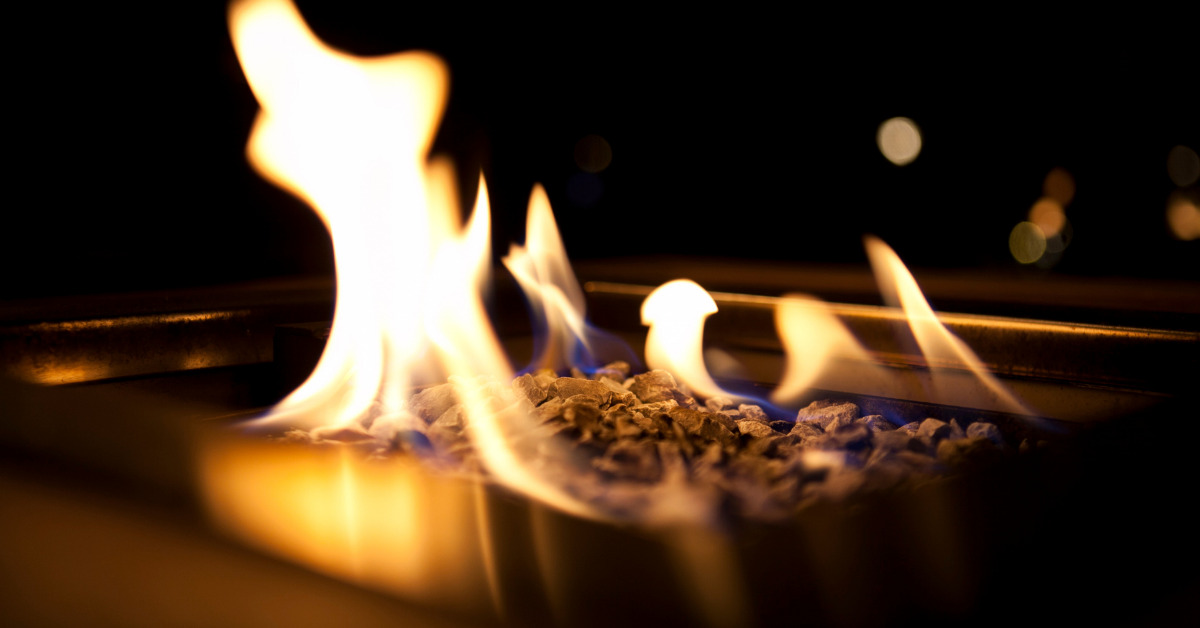
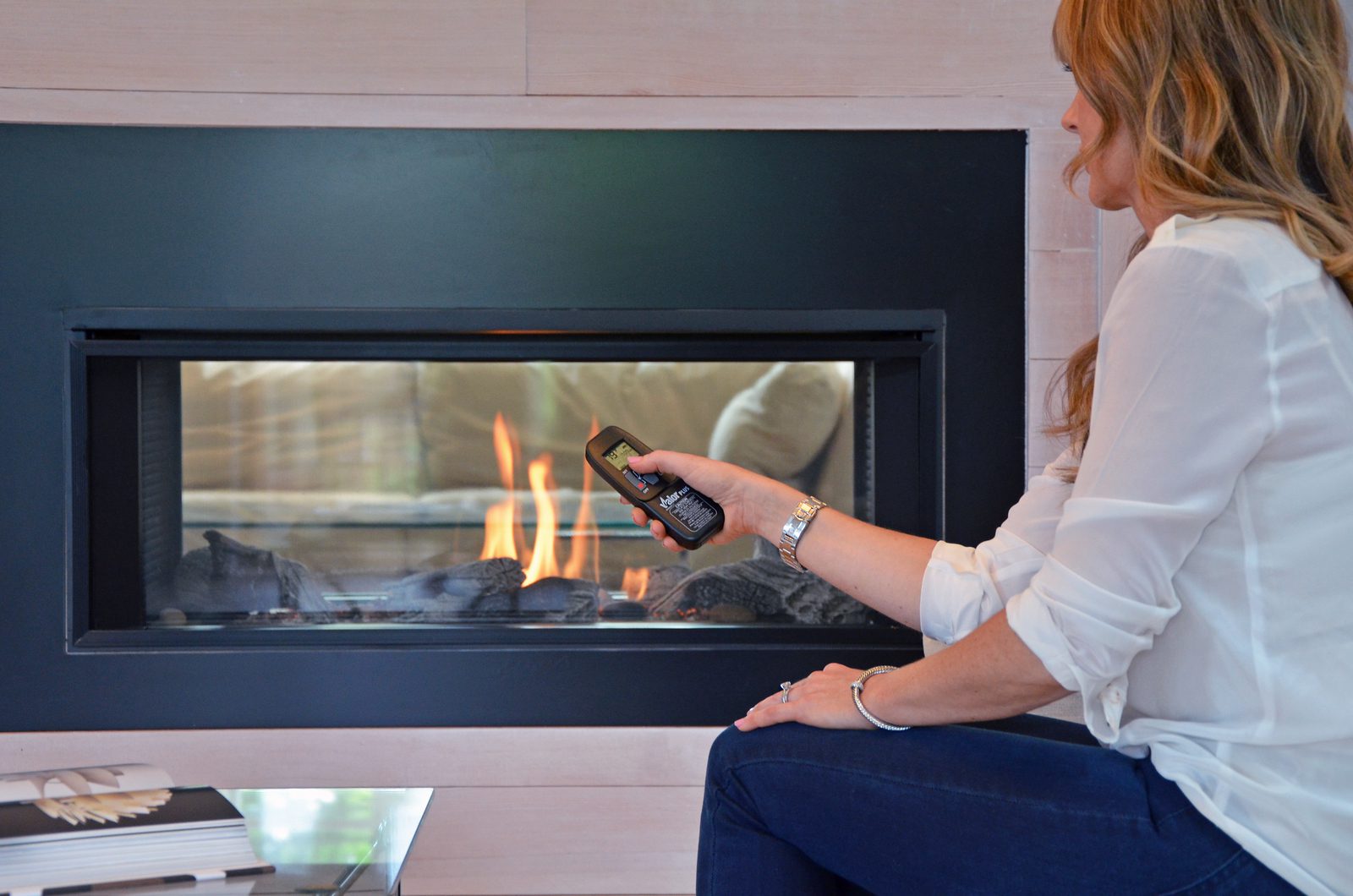
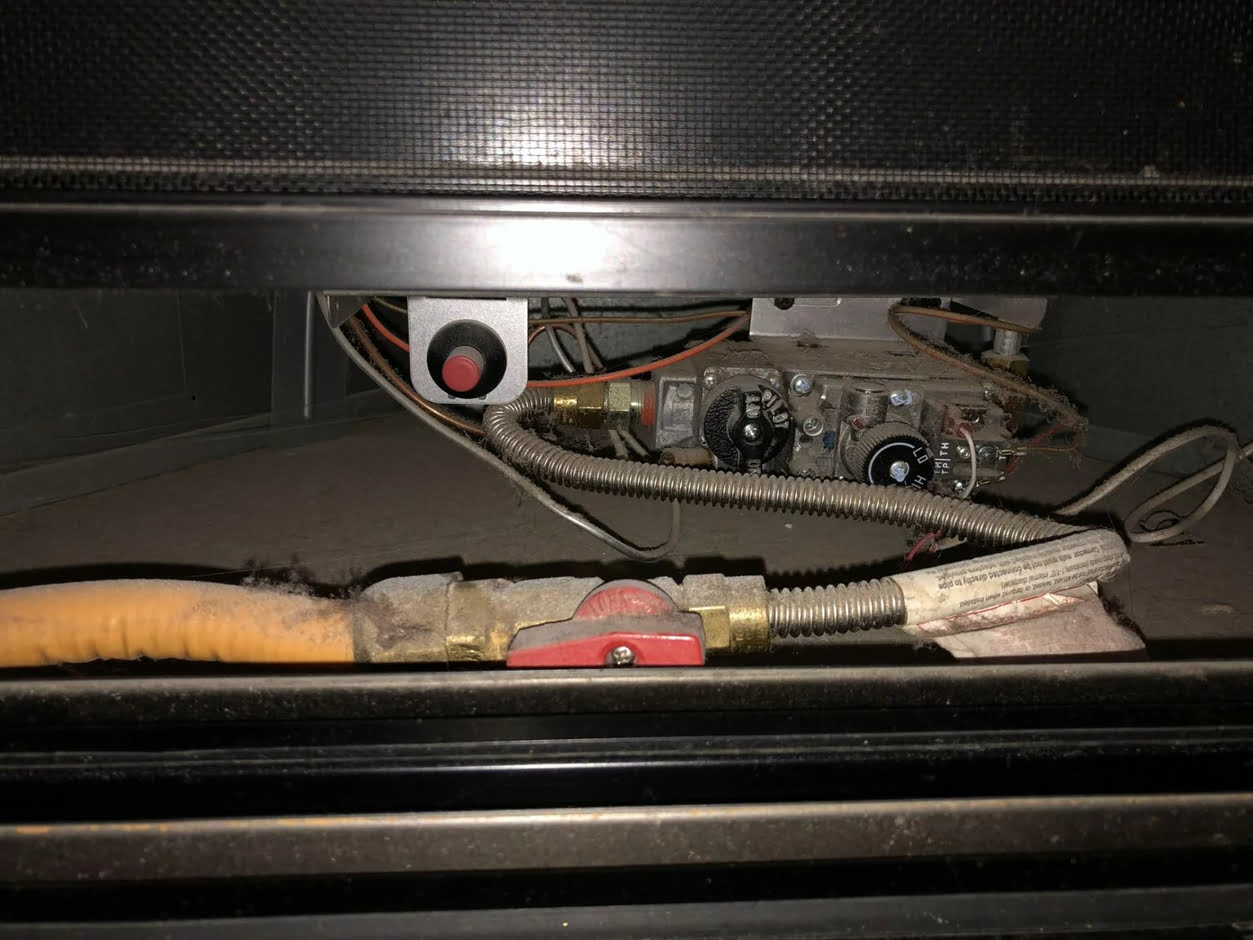
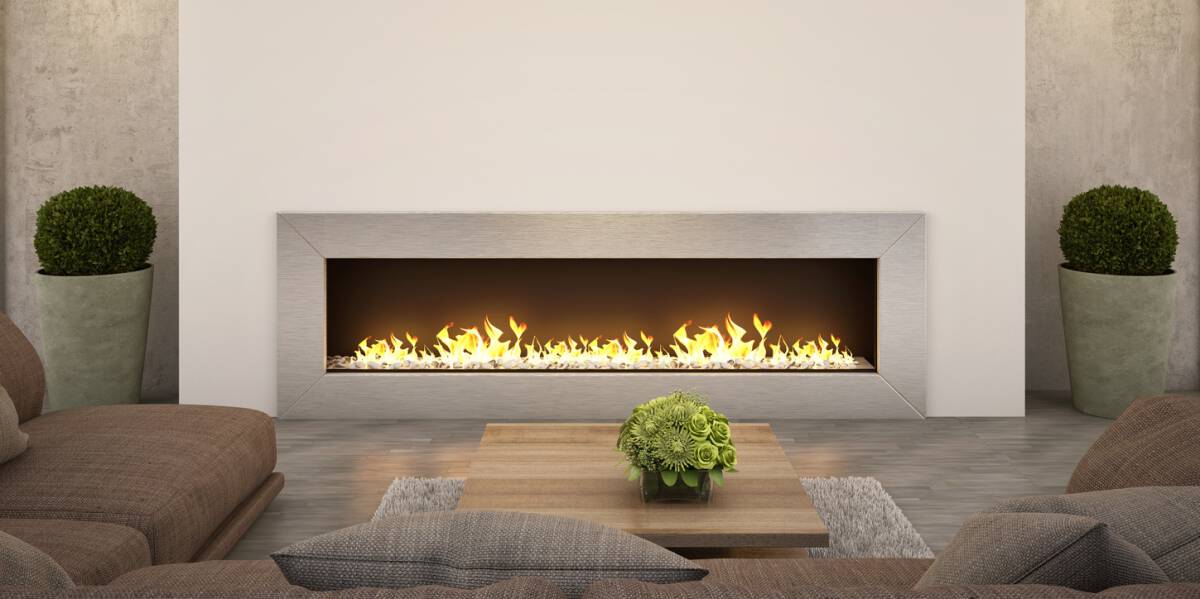
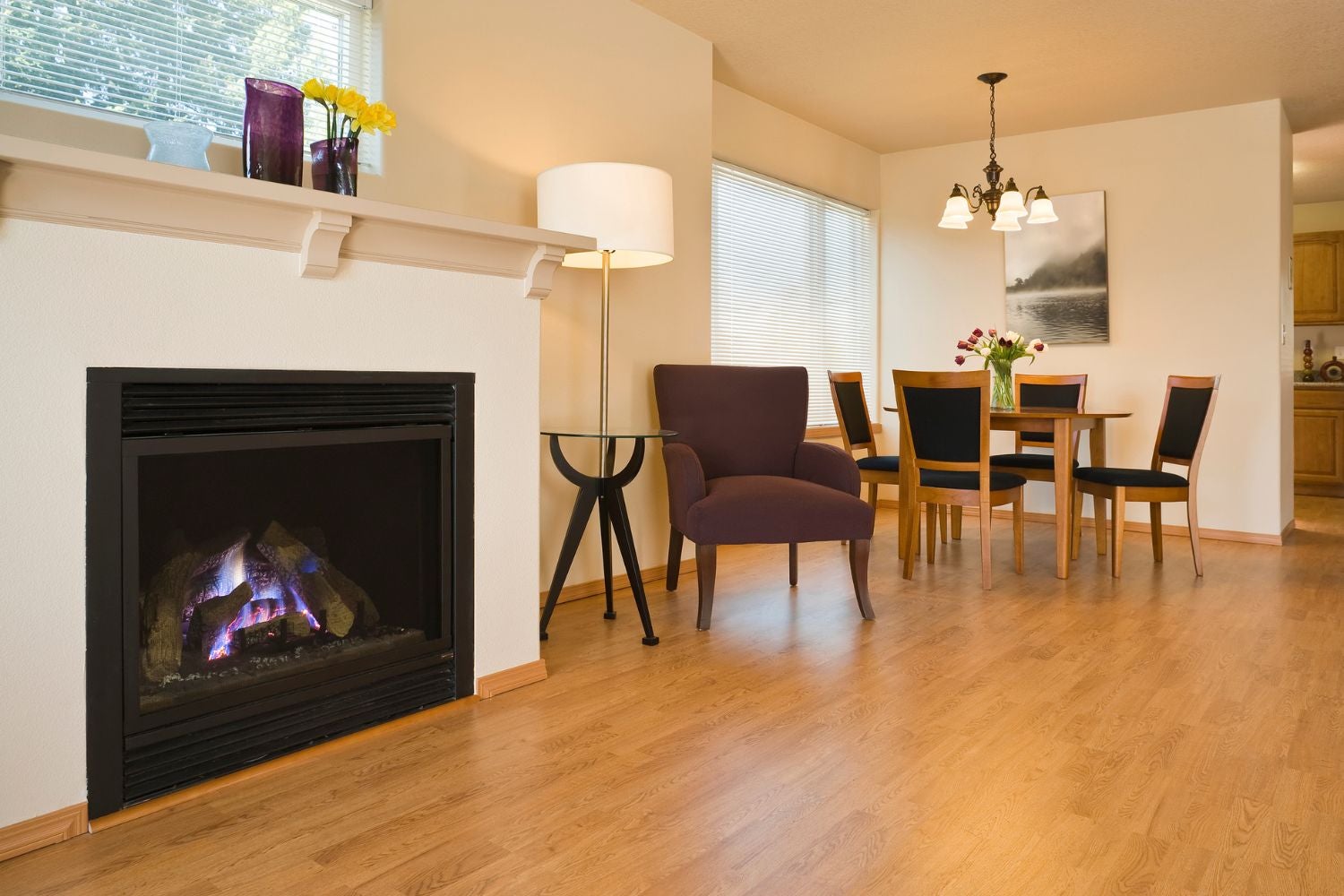
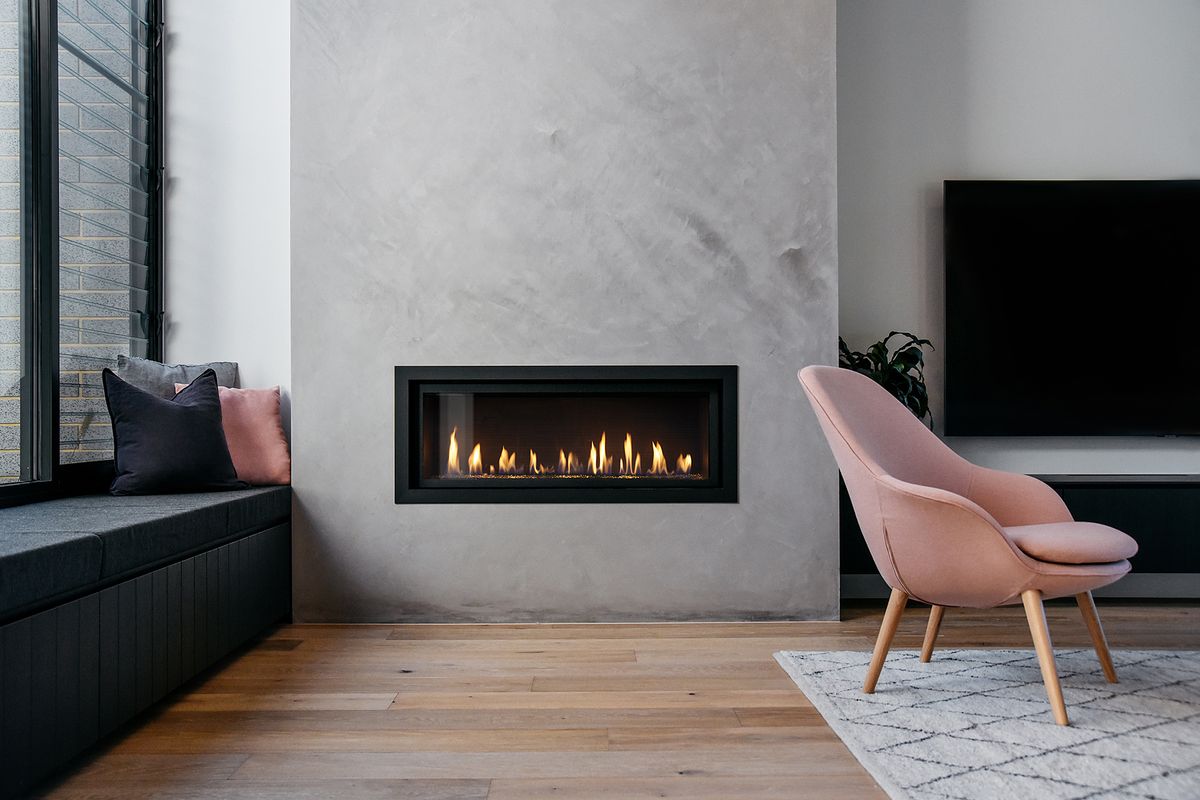
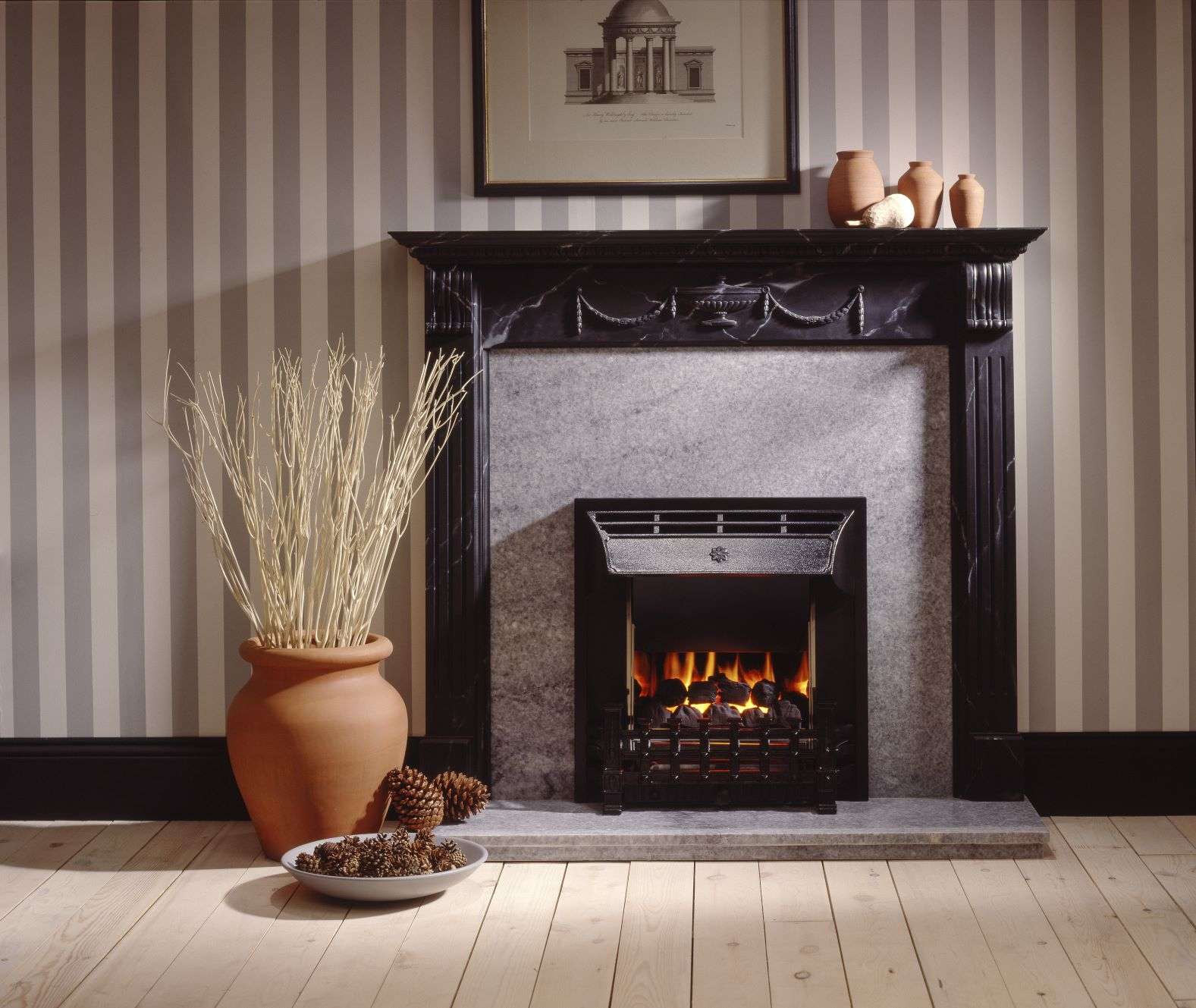
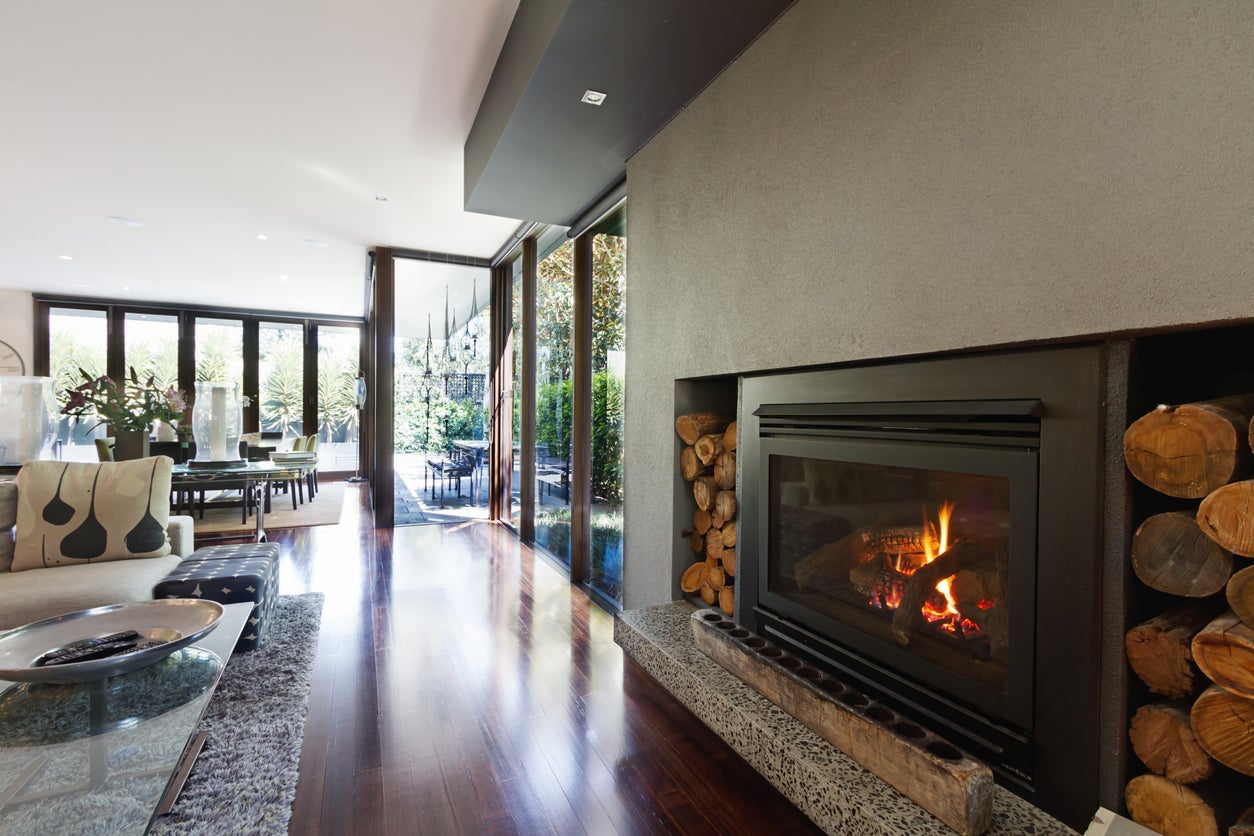
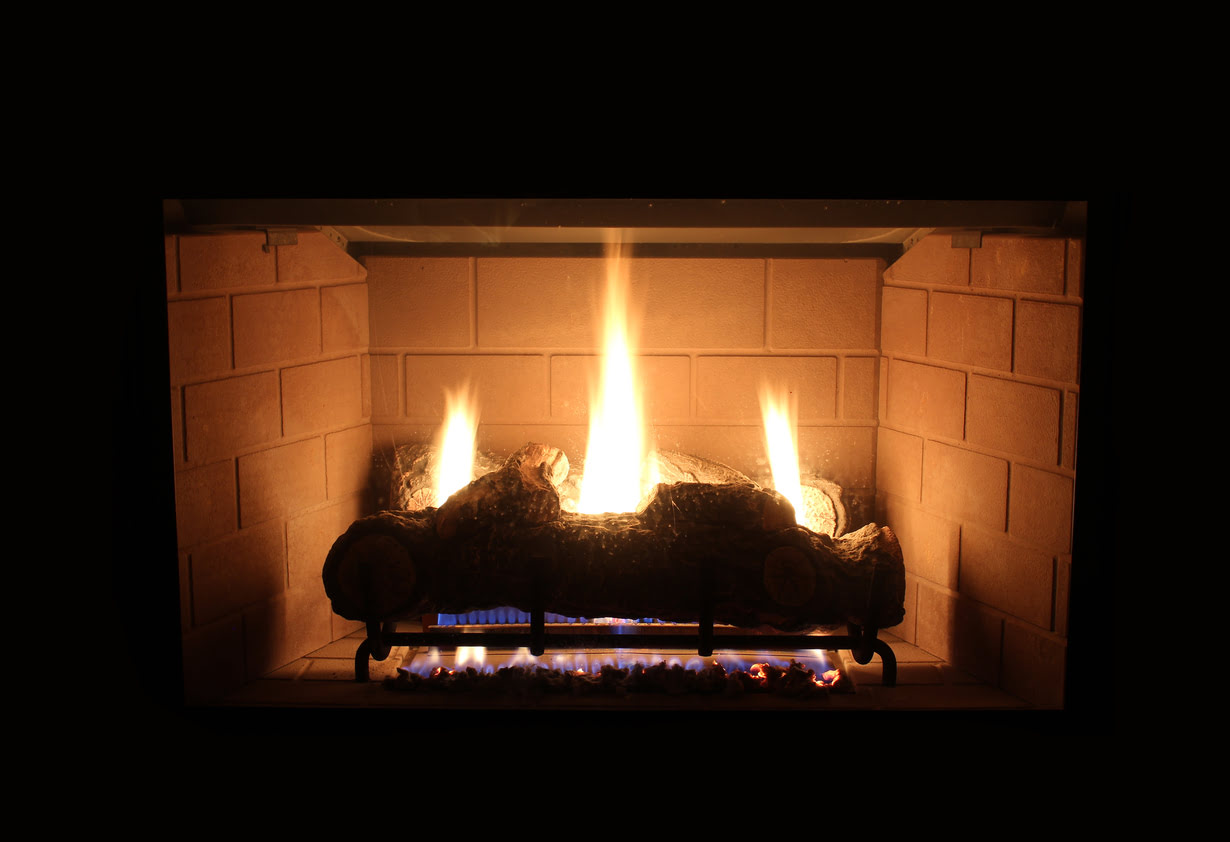
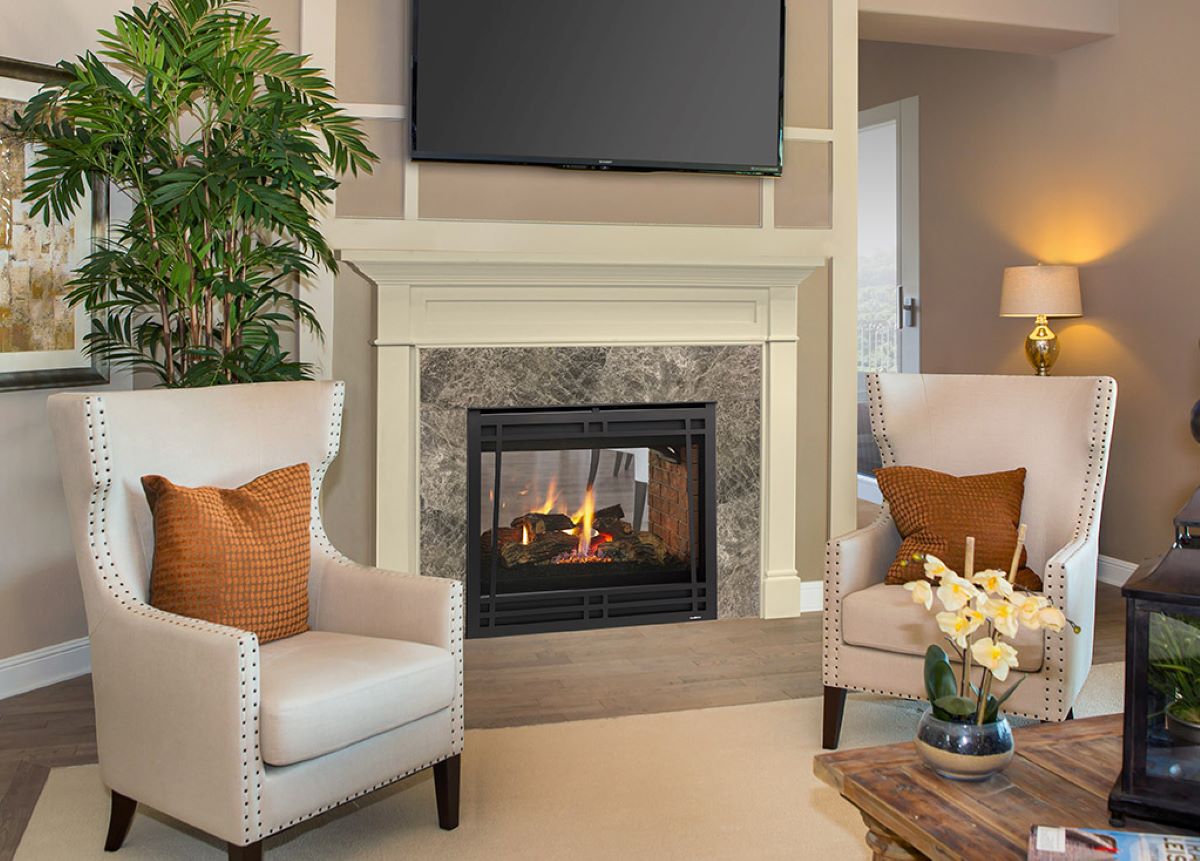
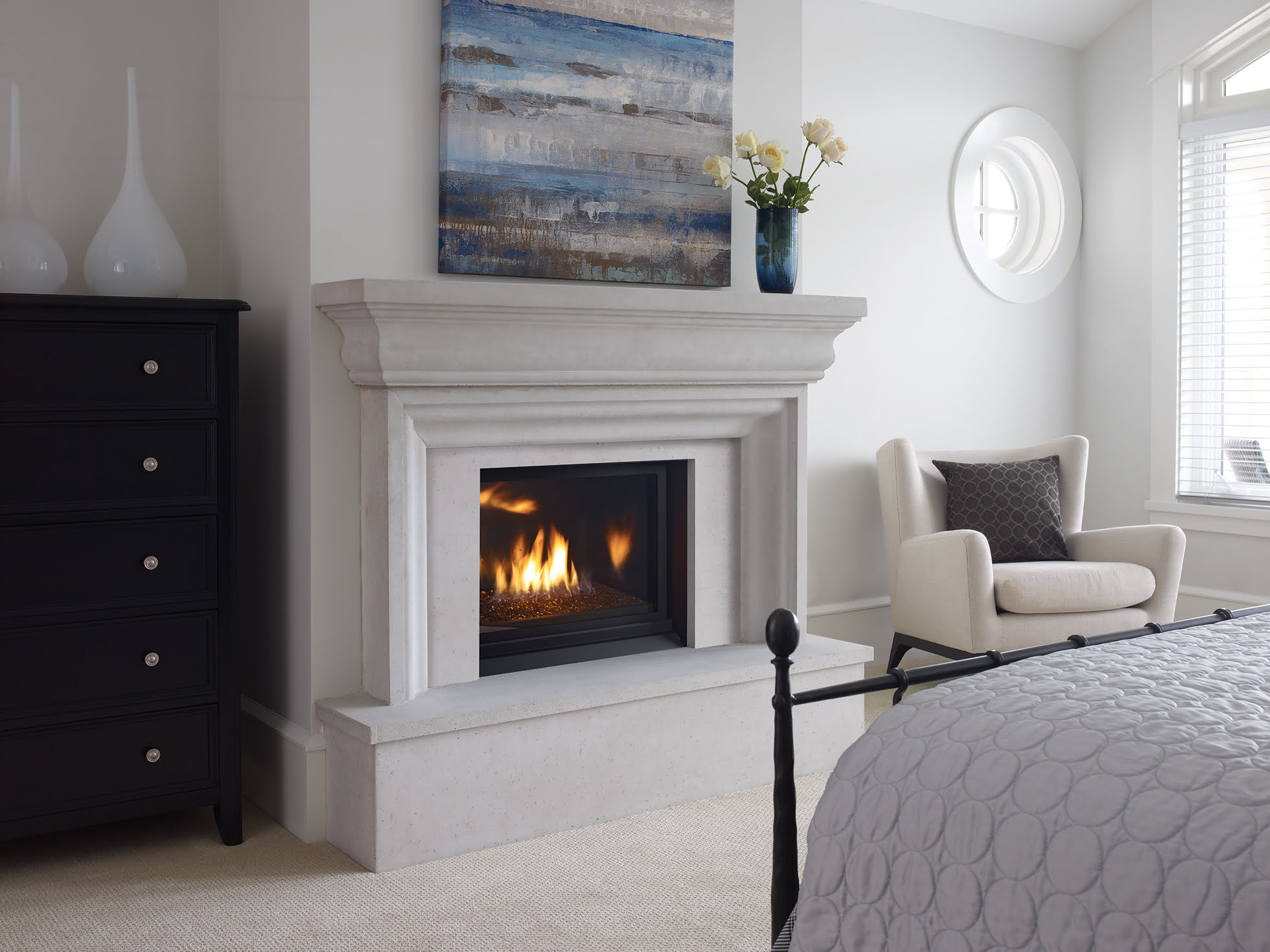
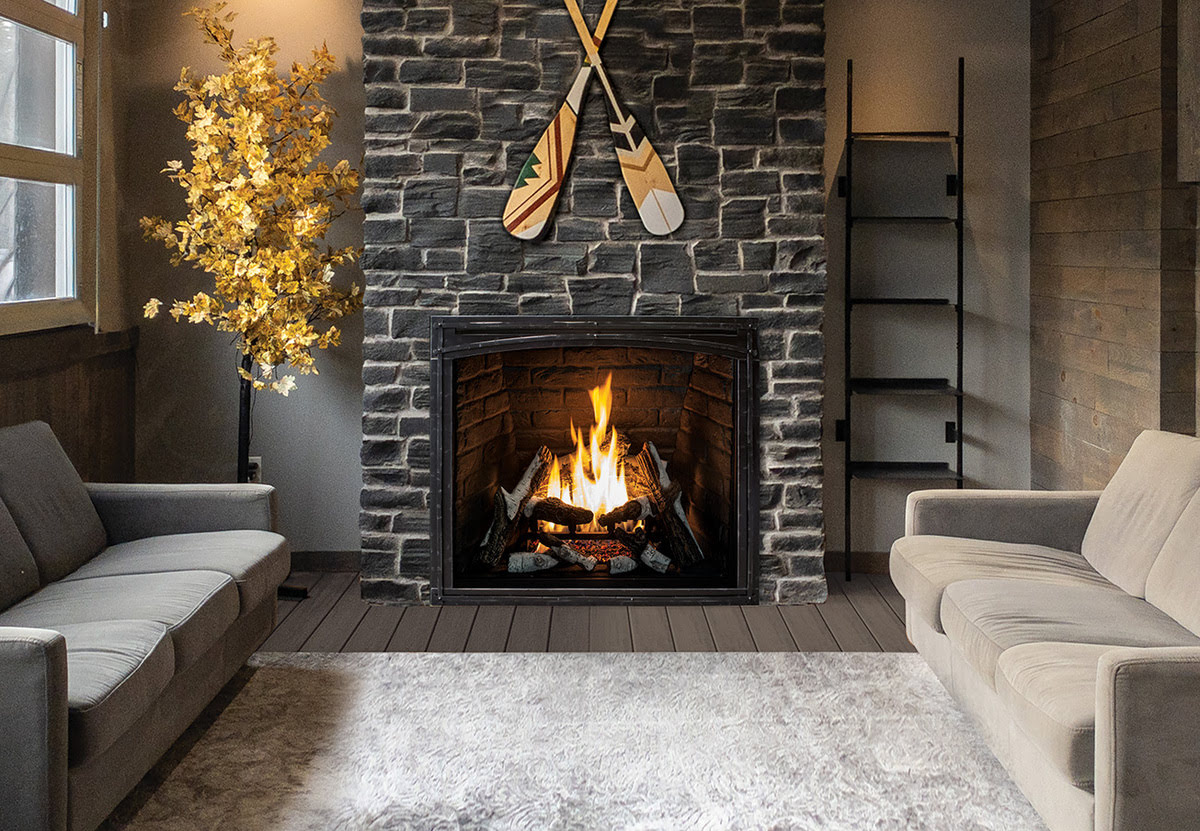
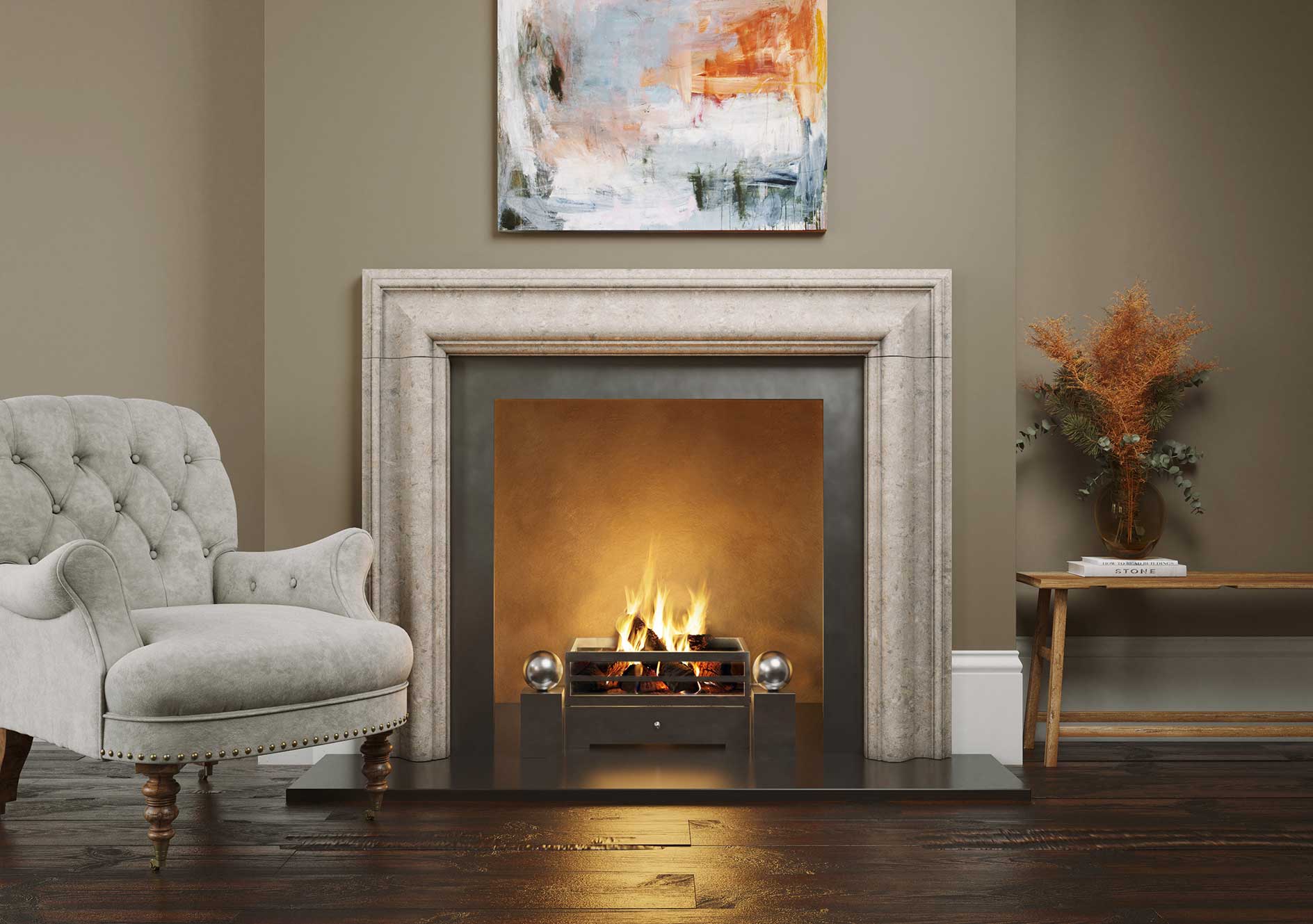
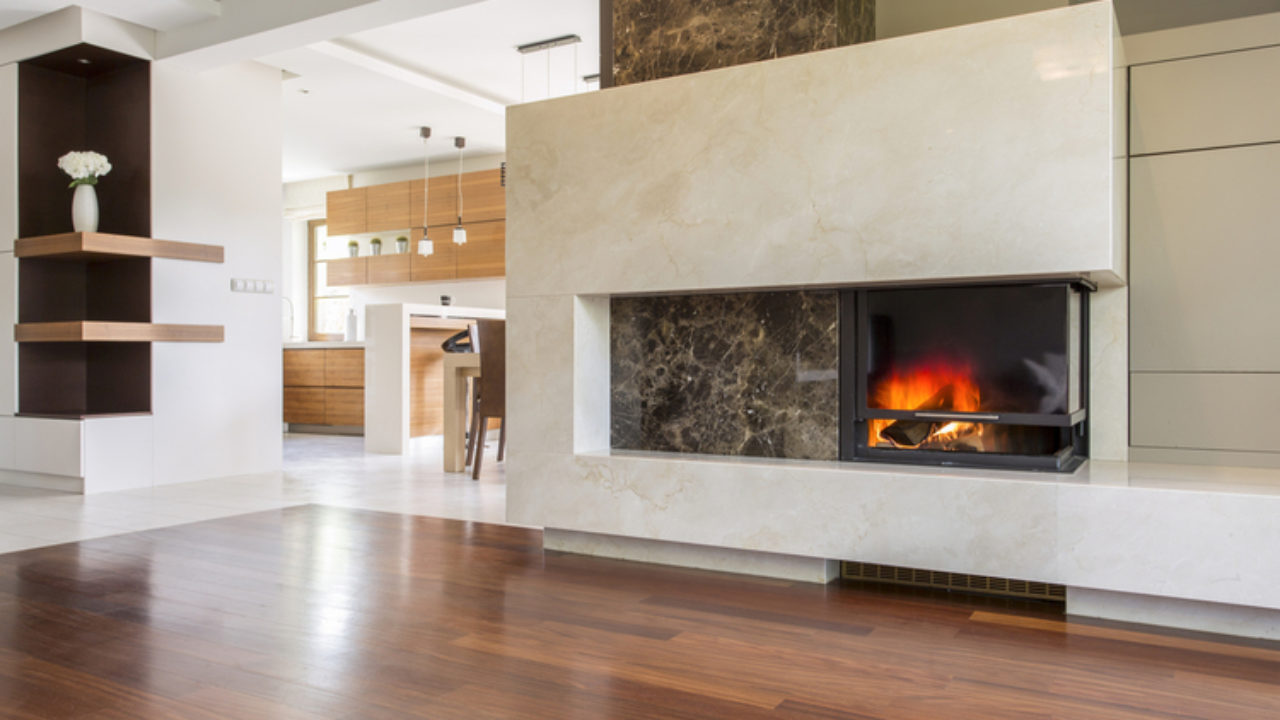

0 thoughts on “How To Light Napoleon Gas Fireplace”